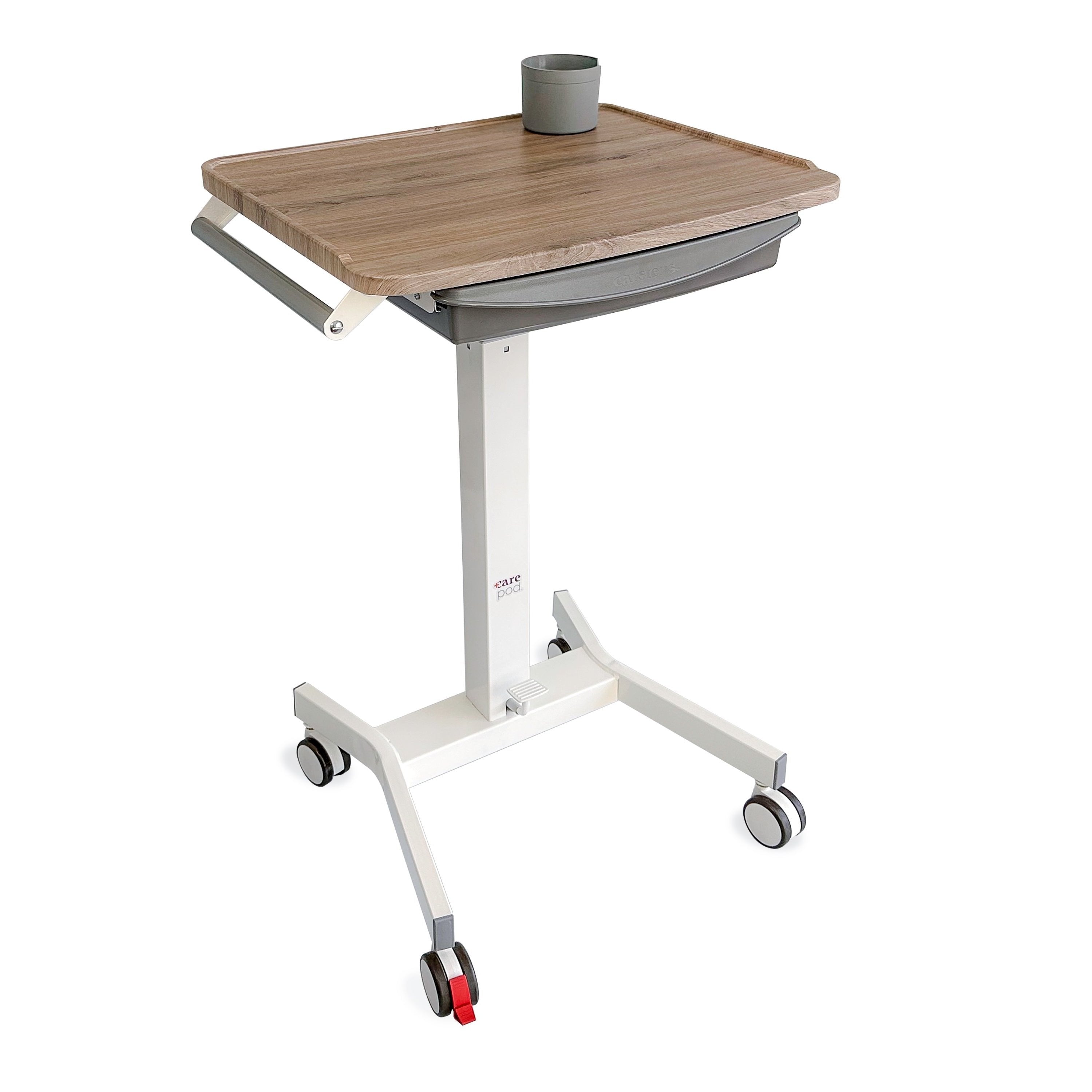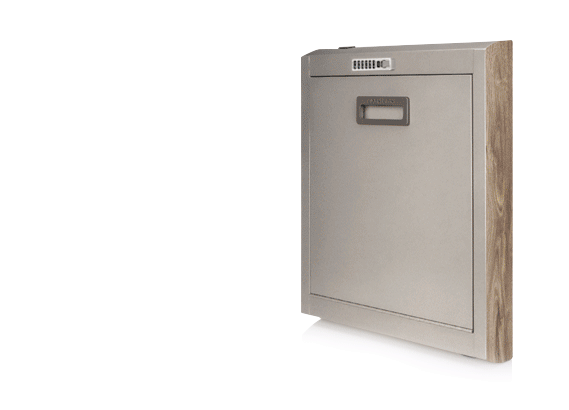Medical offices across the country are navigating a new landscape as U.S. tariffs continue to impact the cost and availability of essential supplies. These changes ripple through purchasing decisions, budgets, and operational efficiency. To adapt, you need to take proactive measures that minimize financial strain while ensuring the quality of care is never compromised.
Adjusting to these challenges requires strategic planning, resourcefulness, and an openness to rethinking traditional processes. Here’s how you can ensure your medical office remains resilient and effective despite the shifting economic pressures.
Review Finances
The first step to managing the effects of tariffs is analyzing your current financial situation. Evaluate your expenses, particularly those tied to supplies impacted by these new restrictions. Break down your spending into categories and identify areas where tariffs have led to noticeable cost increases.
Take the time to project future expenditures under the current tariff rates. Understanding your financial baseline not only helps you prepare for ongoing impacts but also allows you to identify opportunities to be more cost-efficient across operations.
Conduct an Inventory Audit
Part of how medical offices can respond to the U.S. tariffs includes making a detailed inventory audit. Start by creating a detailed list of your current supplies. Identify which products you source domestically and which you get from international suppliers. This clear overview helps you understand where your vulnerabilities lie and which items are most affected by fluctuating tariffs.
During this process, you might uncover inefficiencies within your supply chain. For instance, international products could make up a larger portion of your inventory than you anticipated, leaving you more exposed to price increases. Additionally, some essential items may only have a single supplier, increasing your risk if tariffs or global supply disruptions escalate.
On the positive side, if a significant portion of your supplies comes from domestic manufacturers, you may have untapped opportunities. Strengthening relationships with these suppliers or exploring partnerships with other U.S.-based manufacturers can help offset costs and create a more resilient supply chain.
A thorough inventory audit also highlights areas where diversifying suppliers could benefit your practice. By addressing these gaps, you not only reduce financial risks but also gain flexibility to adapt to future economic challenges. These actionable insights are key to maintaining operational stability and staying ahead in a shifting market.
Work With Suppliers

Building strong partnerships is key to addressing the impact of tariffs. Start by opening a clear line of communication with your current suppliers to understand their plans for managing rising costs and adapting to changes. Many are already reconfiguring strategies to offset tariffs, and staying informed will give you an edge when renegotiating pricing or contracts.
Discuss alternatives they might offer if certain products become too expensive or unavailable. Taking a collaborative approach ensures both sides stay proactive and focused on solutions, especially during uncertain economic times.
Shop American-Made Products
Prioritizing products manufactured domestically not only helps you avoid tariff-related price hikes but also enables you to support American businesses contributing to the economy. At Carstens, we provide a range of medical office products made from U.S. and imported parts and designed to maintain high standards of care while remaining cost-effective. When you choose our Kardex Visitray products, binders, clipboards, and workstations, you’re selecting solutions crafted with precision and integrity right here in the U.S.
Switching to American-made products can also create long-term supply chain stability. Domestic production supports faster shipping timelines and eliminates the risks tied to international transportation, giving you peace of mind even when global dynamics shift.
Rethink Budgets
Even the most carefully planned budgets can bring challenges when essential items must be sourced internationally. Tariffs, fluctuating exchange rates, and shipping delays can drive up costs, making some supplies more expensive than anticipated. To adapt, reevaluate your budget and prioritize high-impact areas.
Start by identifying non-essential or lower-priority expenses that you can temporarily scale back. For example, consider reducing spending on office upgrades, marketing materials, or other discretionary categories. Redirect those funds toward critical supplies to ensure uninterrupted operations.
Regularly review your budget to stay ahead of potential cost increases. Building a contingency fund specifically for international sourcing challenges can help absorb unexpected expenses in the future.
Remember, budgets are flexible tools that support long-term success. By reallocating resources thoughtfully and cutting back in less vital areas, you can maintain a steady supply chain, protect patient care, and keep your office running smoothly—no matter the challenges.
Manage Utilization
Evaluate how you are using supplies to uncover patterns of overuse, misuse, or waste. Pinpoint areas where you can optimize consumption without compromising quality or efficiency. Educate staff on proper usage practices, including the best methods for handling materials and adhering to usage guidelines, to extend your inventory’s lifespan.
Introduce monitoring systems to track supply usage in real time. These systems provide visibility into consumption trends and help identify potential issues before they escalate. Use this data to anticipate replenishment needs, reduce last-minute shortages, and allocate your budget more effectively. Regularly review usage reports to fine-tune inventory levels and ensure you are using resources as efficiently as possible.
By managing utilization strategically, you can reduce waste, control costs, and ensure your supplies support daily operations seamlessly.
Prioritize Communication

Clear, consistent communication is essential when navigating the impacts of tariffs on your practice. Start by keeping your staff informed about how these changes affect day-to-day operations. Discuss budget adjustments and any necessary shifts in suppliers, ensuring everyone understands why the reasonings behind these decisions.
Encourage open dialogue and feedback from your team to foster a sense of collaboration and shared responsibility. When employees feel included and informed, they are more likely to stay motivated and work together to address challenges.
You also want to be transparent with patients. Let them know that your office is taking proactive steps to adapt to economic pressures while keeping their care as your top priority. Provide updates during in-person visits, through newsletters, or via social media.
Reassure patients that their experience and well-being remain central to your practice. Communicating openly builds trust, strengthens relationships, and leaves patients confident in your commitment to maintaining the quality of care they expect.
Put Your Plan for Tariffs Into Action Today
The effects of U.S. tariffs may feel daunting, but these challenges also present opportunities for growth and innovation. At Carstens, we’re proud to support medical offices with American-made solutions that ensure the highest levels of efficiency and care.
If you're wondering how medical offices can respond to the U.S. tariffs, we’ve got you covered with products like Kardex Visitray, binders, clipboards, and workstations.






